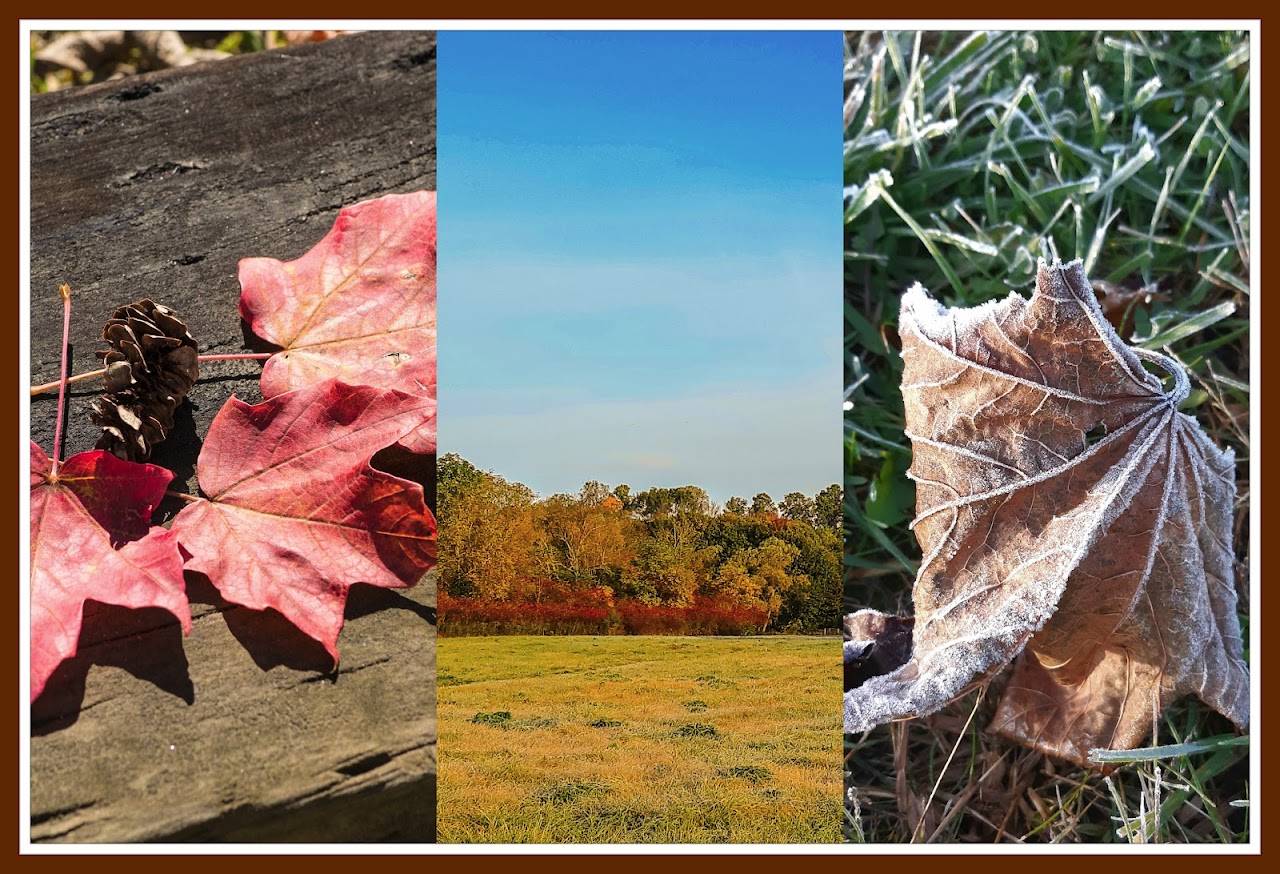Or also known as Betula papyrifera ( paper tree ) also known as white birch and canoe birch is a species of birch native to northern North America. It is the provincial tree of Saskatchewan and the state tree of New Hampshire .
Betula papyrifera has a soft, yet moderately heavy, white wood. It makes excellent high-yielding firewood if seasoned properly. Its bark is an excellent fire starter; it ignites at high temperatures even when wet.
While a paper birch does not have a very high overall economic value, it is used in furniture, flooring, popsicle sticks and oriental strand board . The sap is boiled down to produce birch sap. Panels of bark can be fitted or sewn together to make cartons and boxes (a birch bark box is called a wiigwaasi-makakin the Anishinaabe language). The bark is also used to create a durable waterproof layer in the construction of sod-roofed houses
Numerous cavity-nesting birds nest in paper birch, including woodpeckers, chickadees, nuthatches, and swallows. A favourite feeding tree of yellow-bellied sapsuckers, which peck holes in the bark to feed on the sap. Hummingbirds and red squirrels also feed at sapwells in paper birch created by sapsuckers. Ruffed grouse eat the catkins and buds. Redpolls, siskins, and chickadees obtain a considerable portion of their annual diet from birch seeds.
Our birch tree or paper tree is a lovely tree all year long with a full canvas of leaves in the summers to pretty yellow colours in the fall to two toned browns , reds and white branches in the winters ! !
Our birch tree does this bark loss every year as it sheds its old bark and grows new bark but I have never really investigated it and now I know and I found it quite interesting of it’s uses and history !
Native Americans used bark to make baskets, storage containers, mats, baby carriers, moose and bird calls, torches, household utensils, and to write on and for scrolls and of course, canoes. The strong and flexible wood was made into spears, bows, arrows, snowshoes, sleds, and other items .
Commercially for veneer, plywood, and pulpwood. It is easily worked and takes finishes and stains readily. Furniture, cabinets, and numerous specialty items are made from birch lumber. Tree chips used for pulp and paper manufacture, reconstituted uses, and fuel. Commonly used as fireplace and wood stove fuel Graceful form and attractive bark make it a popular landscape plant. The sap is made into syrup, wine, beer, and medicinal tonics.
In Canada, this beautiful birch is found in the flat boggy muskegs of boreal forests, and across its range it can persist in the saturated soils of swamps and other wetlands. Well-drained sandy soils are favoured by the tree, but it tolerates a wide range of soil textures from gravel to silt as well as organic bog or peat soils.
So that is just a small portion of history and uses of this wonder and pretty Birch tree or Paper tree we have in our back yard . It is amazing to find these things out , for me I am and have always been a curious person of all things nature and to know about them as it is in our own back yard .
Until next time
Country Gal




7 comments:
Thanks for your informative post. We love wood and have it everywhere in our house.
I've always liked seeing birch trees. The textures of the bark are quite interesting.
I know that birch tree bark was used to make canoes and cooking pots and so on, but not that it had so many other uses as well! A very interesting post indeed. Thank you! xx
That is a good sized birch/paper tree. Lots of good info about the tree, thanks for sharing.
I love the look of birch trees and we used to have one in our yard but it had to be cut down as it was rotted. I have a small round native covered box made of birch bark covered with porcupine quills. I found out many years ago I'm allergic to birch trees (pollen). A very interesting post!
I was fascinated with this post and you have identified a tree we have often seen but never knew the name of. It is a gorgeous tree and who knew it was useful for all those things. Thanks Elaine and have a great week :)
Interesting you posted this and coincidence as well my daughter was just talking about a birch bark tree and asked me if I found any to bring her some on my trip. I've only come across a red tree that peels and at the base of the tree is all the bark. I believe I posted my first pic of the trees in my latest blog about fort bragg. In Ontario we had plenty of birch bark and i even wrote a letter one time on some that had come to the ground. Thank you sore sharing
Post a Comment